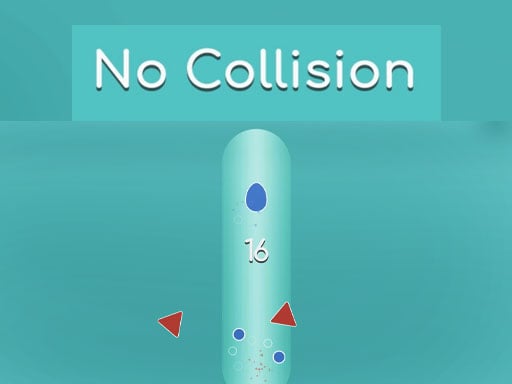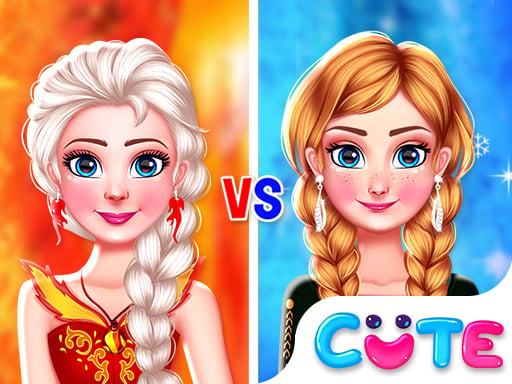Anime, also known as Japanimation, refers to hand-drawn and computer-generated animation that originates from Japan. The term “anime” is derived from the English word “animation” and, within Japan, it encompasses all forms of animated media. Outside Japan, however, “anime” specifically denotes animation produced in Japan or a style of Japanese-disseminated animation characterized by vibrant graphics, lively characters, and fantastical themes. This cultural nuance allows for the possibility that anime can be produced outside Japan, provided it adopts this distinctive aesthetic.
Japanese animation’s roots trace back to 1917 with its earliest commercial productions. A defining art style emerged in the 1960s through the influential works of Osamu Tezuka, which later gained worldwide popularity in the latter half of the 20th century, cultivating a large domestic and international fanbase. Anime is distributed through various channels, including theatrical releases, television broadcasts, direct-to-home media, and digital streaming over the Internet.
Much of anime content consists of original works or adaptations of manga (Japanese comics), light novels, or video games. Over time, production techniques have evolved alongside technological advancements, incorporating new tools and methods. As a multimedia art form, anime integrates graphic art, character development, cinematography, and innovative visual techniques. When creating anime, producers often emphasize detailed settings, realistic backgrounds, and dynamic camera effects such as panning, zooming, and varied angles, rather than focusing solely on fluid movement. Artistic styles within anime are diverse, with character proportions and features ranging from exaggerated, large expressive eyes to more realistic designs.
Anime spans a wide range of genres, catering to both broad audiences and niche communities. In addition to these artistic and stylistic characteristics, there is a cultural aspect associated with fandom. For instance, in the United States, terms like “wapanese” have been used to describe individuals, often white fans, who desire to adopt Japanese culture or identity. A later term, “weeaboo,” emerged to describe fans who exhibit a deep and sometimes obsessive interest in Japanese anime and related subcultures.














